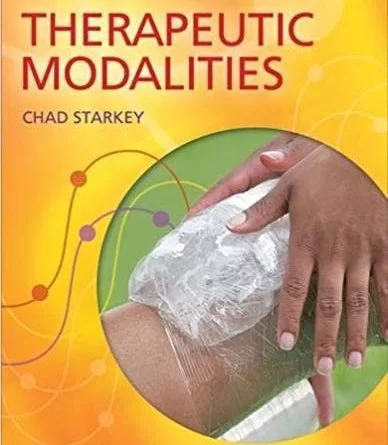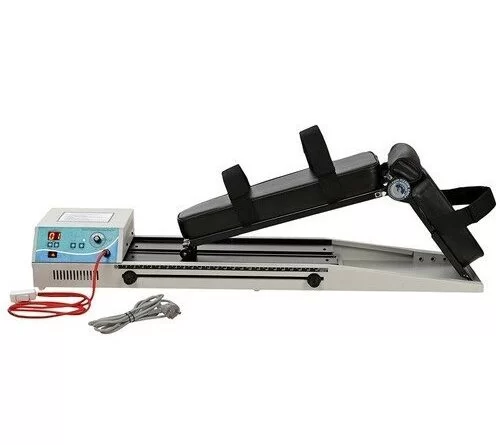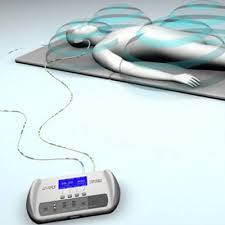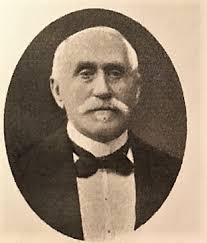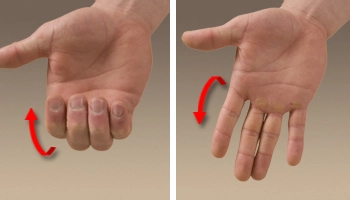HOW TO SELECT PHYSIOTHERAPY MODALITIES?
In addition to therapeutic exercise, manual therapy, and other common treatment methods, rehabilitation specialists use a variety of modalities to reduce pain, facilitate healing and restore function. Following are nine types of physical therapy modalities rehab experts are using today, as well as a few of their applications and expected outcomes.
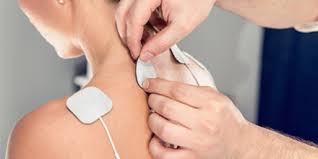
- Ultrasound :
Ultrasound has been approved by the FDA for a wide variety of therapeutic uses, including fracture healing, thrombus dissolution, and the treatment of plantar fasciitis and epicondylitis. In most ultrasound applications, a hand-held transducer is moved in a circular motion over an injured area. The transducer produces sound waves too high-pitched for humans to hear, and those waves heat tendons, muscles and other tissues to improve blood flow and hasten the healing process. - Phonophoresis:
Phonophoresis is the specific application of ultrasound to enhance the delivery of topical drugs. This technique has proved effective in enhancing the absorption of dexamethasone, a glucocorticoid used for anti-inflammatory purposes. In this and other applications of phonophoresis, the drug of choice is combined with a gel rubbed into the affected area, and ultrasound waves dilate nearby blood vessels, enhancing uptake into the bloodstream. - Electrical Stimulation :
Electrical stimulation, or E-stim, is the general term for several modalities that involve electrodes attached to a patient’s skin. These modalities can be used for both pain relief and functional improvements, even in cases involving neurological disorders. In fact, E-stim has proved effective in facilitating functional facial movements in patients with Bell’s palsy. - Iontophoresis :
Similar to phonophoresis, iontophoresis is a type of E-stim used to administer medication. The electrical current helps to push topical drugs through the skin and into the bloodstream, typically in order to reduce inflammation, prevent muscle spasms or break up mineral deposits. Like phonophoresis, iontophoresis has been effective in delivering dexamethasone for anti-inflammatory purposes, as well as acetic acid for healing soft tissue injuries. - Transcutaneous Electrical Nerve Stimulation (TENS):-
Commonly referred to as TENS, transcutaneous electrical nerve stimulation is a type of E-stim used to manage acute and chronic pain. While researchers haven’t concluded its exact mechanisms of action, it is thought that various frequencies activate various pain receptors, sending non-painful stimuli through injured tissues and into the nervous system. - Heat :
Dry heat has long been a go-to treatment for subacute and chronic injuries, as well as the alleviation of delayed onset muscle soreness (DOMS). Unlike ultrasound and other “deep heating” methods, dry heat only significantly affects skin, fat and other superficial tissues. Still, heat’s local effects are often enough to decrease pain, increase mobility and temporarily allow for pain-free movement. - Moist Heat:
Moist heat is another form of superficial heat therapy, and in most cases therapists will simply apply damp heat packs to injured areas. It works via the same mechanisms as dry heat, but several studies suggest that moist heat penetrates deeper and faster into injured tissues and facilitates more significant functional improvements. - Cold:
Unlike heat, cold or ice therapy is used to reduce blood flow and inflammation during the acute phase of healing. It can also reduce or temporarily prevent swelling in an injured joint or muscle following exercise, making it a useful post-exercise modality. In many cases, PTs will first apply heat to help patients “warm up” and gain mobility for therapeutic exercise, and apply ice to reduce the inflammatory response afterwards. - Light Therapy:
Finally, light therapy involves the application of lasers, light-emitting diodes (LEDs) and other light sources to injured tissues. Different types of light work in slightly different ways, but in general, they all exert their effects on chromophores, light-absorbing molecules similar to chlorophyll in plant cells. Chromophores use the energy from absorbed light to produce more ATP, the cellular energy needed to synthesize enzymes, DNA, RNA and other materials critical to the repair process. Light therapies have been shown to be effective in a variety of applications, including the treatment of carpal tunnel syndrome, lower back pain and even wound healing.

Physical Therapy Modalities :
- Physical therapy modalities include pain modulators like hot and cold packs, ultrasound, short wave diathermy, low frequency currents (TENS, diadynamic currents, interferential currents), high voltage galvanic stimulation, laser and neurostimulation techniques like deep brain stimulation and transcranial magnetic stimulation . Hot and cold applications can be used together as in contrast baths. Sometimes fluidotherapy or whirlpool can also be chosen for this purpose. In all these superficial heat agents should not be applied in high degrees, due to possible risk of increase in pain. Although these modalities have been found effective in chronic pain, there is a definite need of studies which support their effectiveness . In general, deep heating agents like ultrasound and short wave diathermy are not recommended in the treatment of neuropathic pain. They are helpful especially in joint contractures, and adhesions. It increases flexibility of collagen fibers and circulation of connective tissues which help functional restoration. It may provide to decrease neuropathic pain. Massage is also not recommended. In AIDS patients with neuropathic pain, massage therapy has been applied but there have been no significant changes on pain intensity . There is another study that has been investigated the role of massage in spinal cord injury patients. While the study claims that massage appears as one of the effective ways of therapy, it does not specify the type of pain .
PHYSICAL MODALITIES: Heat and Cold applications INDICATION: Chronic pain
Fluidotherapy
Whirlpool
PHYSICAL MODALITIES: Massage
INDICATION: Spinal Cord Injury
PHYSICAL MODALITIES: Transcutaneous Electrical Nerve Stimulation
INDICATION:- Spinal Cord Injury
Acute, subacute, and chronic postoperative pain
Radiculopathy
Diabetic Neuropathy
PHYSICAL MODALITIES:- Transcranial Magnetic Stimulation (TMS)
Spinal Cord Injury
Stroke
Brachial Plexus Lesions
Trigeminal Nerve Lesions
PHYSICAL MODALITIES: Cortical Electrical Stimulation (CES)
INDICATION: Spinal Cord Injury

